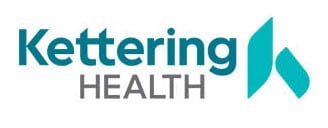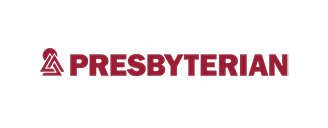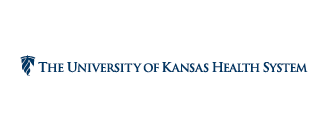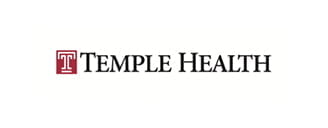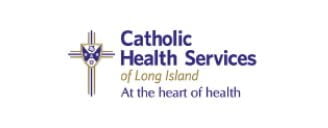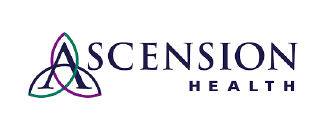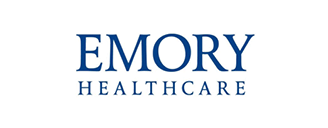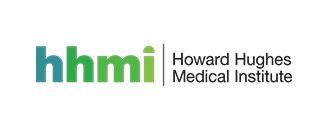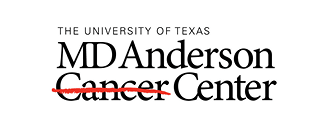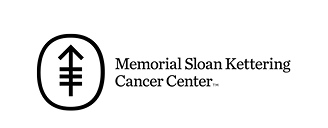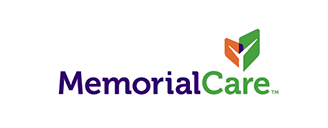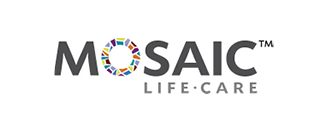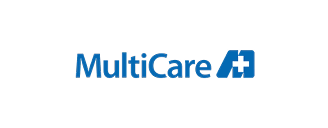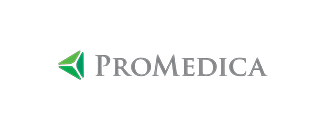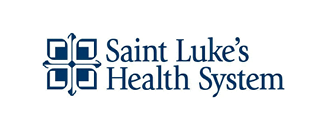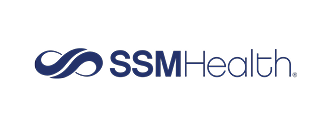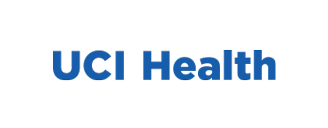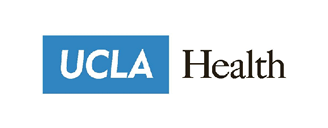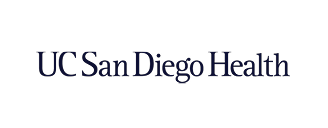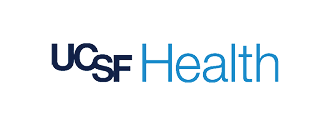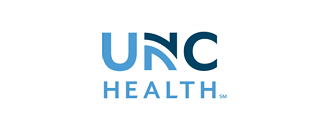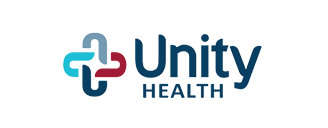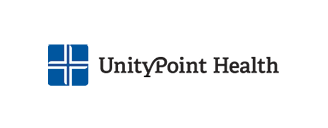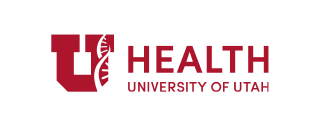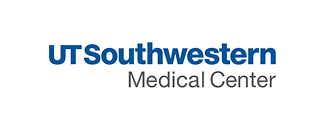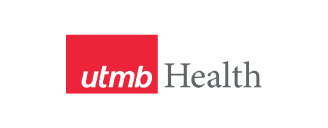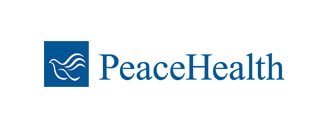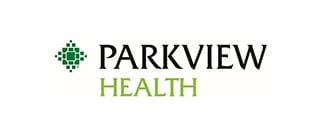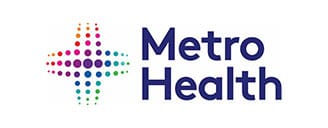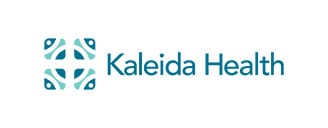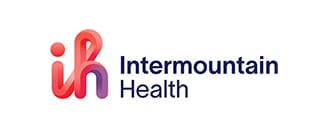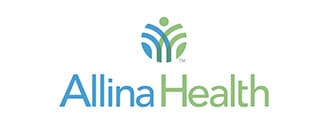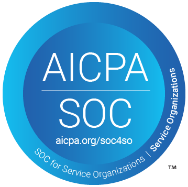Introduction
Each year, The ASHP Pharmacy Forecast delivers valuable industry insights from the country’s leading pharmacists. This includes survey results from over 300 pharmacists in the field on the coming year’s most influential trends.
In the second part of our two-part article series on the ASHP 2025 Pharmacy Forecast, we summarize the final three emerging trends influencing health system pharmacies in 2025 and beyond:
- Whole person health
- Navigating generative AI
- Stabilizing the pharmacy workforce
Whole person health
Whole person health prioritizes disease prevention, environment, and well-being in addition to the basic disease management model. It seeks to promote overall population health by focusing on all aspects of a person’s life, including social determinants of health (SDOH). SDOH include factors such as economic stability, education and healthcare access, neighborhood and social environment, and more.
In recent years, the healthcare industry has made a shift from focusing only on treating and curing disease to promoting a whole person health approach. Likewise, health systems have begun to implement the model into their practice rather than siloing their medical services.
Pharmacy's role in whole person health
Whole person health requires improved infrastructure that supports data and information sharing across the care continuum. This includes, for example, integrated electronic health records. This, in turn, can improve collaboration between primary care providers and pharmacists.
78% of pharmacists surveyed by the ASHP indicated that pharmacists will likely be called upon to collaborate with primary care providers to support whole person health. This is especially the case when it comes to medication management. The report highlights that pharmacists can contribute to whole person health models by:
- Taking a holistic approach to medication regimens that consider the patient’s personal goals, preferences, and health plan.
- Provide screenings to determine the influence of SDOH such as cost affordability, transportation, food insecurity, etc.
- Offer health coaching to address health-related social needs and therefore improve medication adherence.
Summary of strategic recommendations
The shift to whole person healthcare will require significant time, financial, and cultural investment from healthcare leaders. To better facilitate this process, the ASHP Pharmacy Forecast recommends the following:
- Develop measurements for the impact of integrating whole person health on health outcomes and patient experience.
- Advocate for payment models that address whole person health that are inclusive of all professionals involved, including pharmacists.
- Strengthen digital infrastructure and improve interoperability with pharmacy teams, community programs, social care, and public health systems.
- Educate pharmacists in training on whole person health concepts, including patient experience.
- Develop tools to integrate whole person health into medication management.
VPL Rx and whole person health
VPL Rx supports whole person health by improving access to critical specialty medications with our full-service pharmacy shipping solution. By ensuring timely delivery of prescriptions, we help pharmacies promote medication adherence and support the health of their patients.
In addition to prescription delivery through the last mile, we support communication from both provider to patient and provider to provider with automated patient alerts, seamless data-sharing, and custom integrations with health system EHRs.
Navigating generative AI
Artificial intelligence was a central topic of this year’s Pharmacy Forecast and has a very positive outlook. 80-90% of pharmacists surveyed in the report believed that AI is very likely to improve care for diverse populations, streamline patient referrals, and facilitate prior authorizations.
While many AI capabilities are available to physicians, the ASHP Forecast found that these technologies have yet to be fully embraced in pharmacies. In addition, there is still a general lack of awareness of AI among pharmacists.
AI applications in pharmacy
There are a host of applications for AI in pharmacy. This includes the ability of AI to facilitate whole person healthcare. For example, AI can:
- Perform prior authorization
- Match and enroll patients in medication assistance programs
- Document care notes in the EHR
- Manage the medication supply chain
- Optimize the pharmacy revenue cycle and financial performance
Importantly, AI can also be used to reduce workloads for pharmacy teams through voice note documentation, chart summaries, and patient/payer correspondence. This can help address employee well-being and retention.
Mitigating challenges and risks
AI has the potential to improve healthcare for more people while reducing workloads for healthcare employees. At the same time, there are several risks to keep in mind when implementing AI:
- Data privacy and security. Given that AI requires large amounts of data, health systems must ensure they have the architecture and cybersecurity measures in place to minimize any risk of data breaches.
- Bias. AI systems can be biased if the data given is not diverse or reflects existing bias. To minimize the risk of bias, datasets must be large, diverse, and reflective of the population to which the AI system will be applied.
- Equity and fairness. Unequal resource distribution could inadvertently widen gaps in healthcare outcomes between well-funded health systems and those with fewer resources. Health systems must monitor the implications of this gap on healthcare delivery and patient outcomes.
- Transparency. AI algorithms can be technologically advanced and require specialized teams to interpret. This can make transparent decision-making more difficult. Explainable AI can provide insights into how an AI system makes decisions, which can then be validated by pharmacy teams.
- Legal, regulatory, and ethical considerations. The use of AI can introduce liabilities for errors that pharmacy teams must be accountable for. Robust data governance, transparency, and ethical frameworks that prioritize patient privacy can help mitigate these risks.
AI and the pharmacy workforce
Many pharmacists have voiced concerns that AI may replace traditional pharmacy roles. At the same time, pharmacists in the ASHP Forecast expect a significant decline in pharmacists and pharmacy residents in the coming years.
Rather than replacing pharmacy positions, AI can augment pharmacy workflows and address workforce shortages. While AI can be a powerful tool, it requires human expertise, nuance, and decision-making to be used effectively.
Summary of strategic recommendations
AI brings groundbreaking potential to enhance patient outcomes and support the healthcare workforce. With ethical, legal, and social implications considered, it can be a revolutionary force in advancing the pharmacy field as well. In doing so, the ASHP Forecast recommends the following:
- Drive a unified organizational approach to AI that elevates the role of pharmacists and establishes proper institutional governance to manage AI.
- Allow pharmacists to lead AI implementation and develop practices for monitoring and demonstrating the value of AI.
- Establish unified workflows and EHR documentation to streamline AI adoption.
- Incorporate AI principles and practices into pharmacy schools and provide ongoing AI education to the pharmacy workforce.
- Foster a culture and understanding of AI as a supplemental tool rather than a replacement for clinical expertise.
VPL Rx and AI readiness
VPL Rx can support health system and pharmacies’ adoption of AI by promoting data cleanliness and consolidation. For example, by hosting all patient and shipping data on a single platform, our solution eliminates silos and optimizes every step of the pharmacy workflow to make further technological advancements seamless.
Stabilizing the pharmacy workforce
As mentioned in the previous section, the pharmacy field is expected to see a further decline in enrollment and residencies. In 10 years, there has already been a 30% decline in pharmacy school enrollment and a 500% increase in unfilled pharmacy residencies.
71% of pharmacists surveyed in the ASHP Forecast believe that these enrollment and residency trends will continue for the next five years. At the same time, many pharmacists indicated that there is a lack of preparedness for future pharmacist shortages.
In tandem with a shrinking pipeline of pharmacists, there’s a greater push for expanding the scope of traditional pharmacy practice. For this initiative to be successful, however, pharmacy leaders must prioritize solving workforce challenges in order to provide adequate clinical support.
Regulatory changes to support the pharmacy workforce
In response to a declining pharmacy workforce, the ASHP Forecast survey found that 74% of pharmacists believe that state pharmacy boards will likely expand the scope of practice for pharmacy technicians. Over half indicated that pharmacy technicians may be authorized to perform some patient care activities without direct supervision by a pharmacist.
A comprehensive regulatory response continues to lag behind the rapid pace of innovation in the healthcare and pharmacy practice. Simultaneously, a lack of regulatory support further hinders creative solutions to workforce challenges.
Management of cell and gene-based therapies
The ASHP Forecast acknowledges the potential for cell and gene therapies to alter the pharmacy workforce. To illustrate, 83% of surveyed pharmacists believe that health systems will require pharmacists to receive advanced training to manage cell and gene therapies. However, a majority of pharmacists indicated a lack of preparedness to take on this added responsibility.
7 new cell and gene therapies were approved by the FDA in 2024. Many additional therapies are slated for approval in the coming years. With these medications costing upwards of $1 million per treatment course, specialized expertise is critical to managing these therapies.
Summary of strategic recommendations
Workforce issues are a top concern for health system pharmacy leaders. Stabilizing the pharmacy workforce is a crucial step to ensuring the seamless integration of pharmacists into the broader healthcare continuum. To this end, the ASHP Forecast recommends the following:
- Increase awareness of pharmacy practice, including non-retail opportunities such as those within the health system.
- Model the impact and prepare for a potential decrease in pharmacy residency graduates of 20% in the next five years.
- Advocate for the adoption and expansion of interstate licensure compacts to improve access to pharmacy services.
- Advocate for a unified regulatory approach that functions beyond the individual state.
- Prepare the current and future workforce to manage cell and gene therapies.
Supporting the pharmacy workforce with VPL Rx
VPL Rx automates the pharmacy shipping workflow to give pharmacists more time to spend with their patients. We do this by consolidating all shipping options onto a single platform from which pharmacists can easily select and print a label in seconds.
We also integrate with patient management systems like Pioneer Rx, Epic Willow, Asembia-1, and ScriptPro to make label creation even more seamless. After implementing VPL Rx, our customers have gone from spending upwards of 10 minutes to ship a package to printing a label in three clicks. This means less stress and reduced workloads for pharmacists and better care for their patients.
Conclusion
Prioritizing whole person health, implementing AI, and stabilizing the pharmacy workforce are monumental challenges in the present environment. However, investing in innovative solutions to these problems will pay dividends for patient outcomes and workforce well-being.
To do so will take new levels of collaboration and forward-thinking from multidisciplinary teams of healthcare leaders. Approaching these challenges with a unified, data-driven strategy can help close knowledge gaps and promote the best possible solutions for patients and providers.
About us
VPL Rx is a clinically minded shipping, tracking, and compliance solution designed to modernize pharmacy distribution and promote healthier patients. Our quicker shipping workflow delivers prescriptions safely with real-time tracking, delivery alerts, and last-mile intervention. Exportable performance reporting and data analytics help pharmacies optimize costs and maintain compliance and accreditation.
